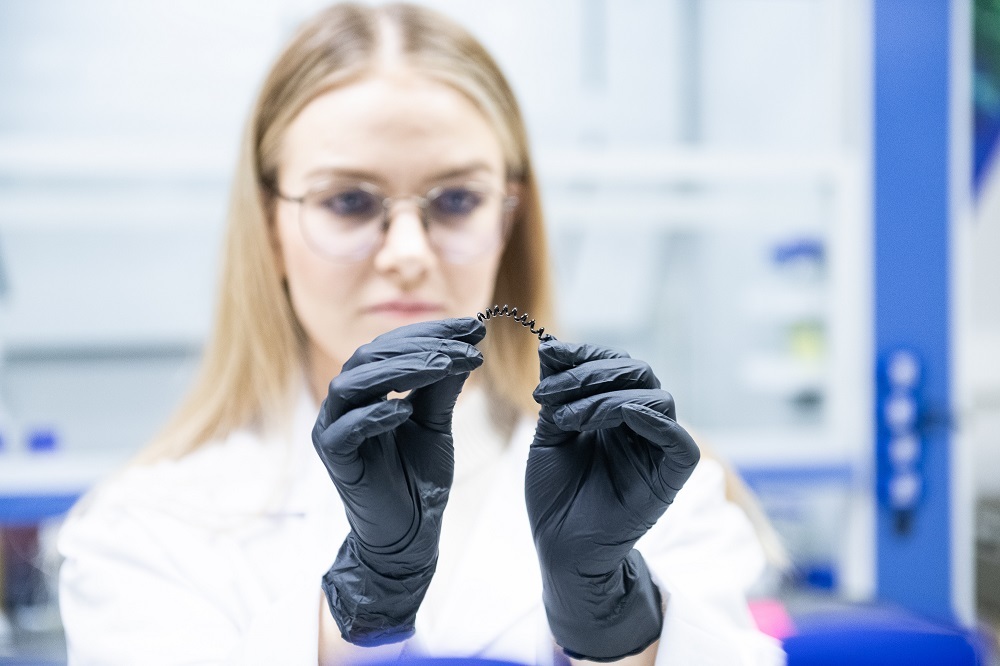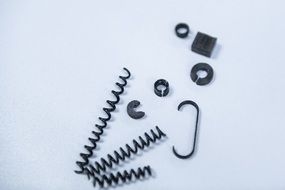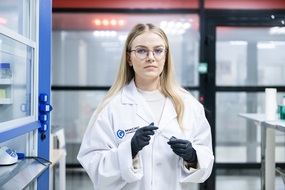Researchers at the MISIS University have developed a new magnetically sensitive polymer composite material that is promising for 4D printing, a technology in which materials can change their shape over time. The material is also suitable for creating adaptive medical devices, such as soft tissue fixators and “self-setting” bone implants. The composite, consisting of polylactide and cobalt ferrite, has the ability to heat up quickly under the influence of a high-frequency alternating magnetic field and recover its shape well after deformation, without causing harmful effects on the body.
Shape memory polymers are “smart” materials that can restore their original shape after being deformed by external stimuli. Due to their low cost, high values of recoverable deformations, and the ability to regulate the elastic modulus over a wide range for a specific task, such materials are used in medicine and high-tech industries. The physical properties that determine the shape memory effect in the polymer can be controlled, including various fillers. Adding cobalt ferrite nanoparticles allows the material to heat up under a magnetic field and better recover its shape.
“Shape memory polymers are gaining popularity in the development of medical devices for minimally invasive surgical procedures. For example, a compressed medical device can be introduced into a living system through a small incision, which then transforms into a desired shape under the influence of a trigger, such as temperature,” said Fedor Senatov, PhD, head of the College of Biomedical Engineering at NUST MISIS.
Using the 4D technology, like 3D, the material is printed layer by layer. However, the difference is that the finished object begins to change over time under the influence of heat or light or can be pre-programmed into a specific shape. Scientists at NUST MISIS have studied the possibility of using magnetically sensitive shape memory polymers for 4D printing and creating adaptive medical devices and found that composites based on polylactide and cobalt ferrite nanoparticles have a shape recovery coefficient of >84%. Details of the study are described in the scientific journal Journal of Composites Science (Q2).
“The composite material based on polylactide and cobalt ferrite nanoparticles is compatible with living cells and does not have a negative impact on them, and also has sufficient mechanical characteristics for compressing soft tissues. Our goal was to develop a biocompatible material with the ability for contactless activation of the shape memory effect. Our material has high heating and recovery rates. In addition, this material is excellent for manufacturing products using 3D printing,” noted Anna Zimina, an engineer at the Tissue Engineering and Regenerative Medicine Laboratory at NUST MISIS.
The research was supported by a grant from the Russian Science Foundation (project №
In the future, scientists plan to modify the composition of the material and reduce the activation temperature of the shape memory effect for safe use in a patient’s body.





